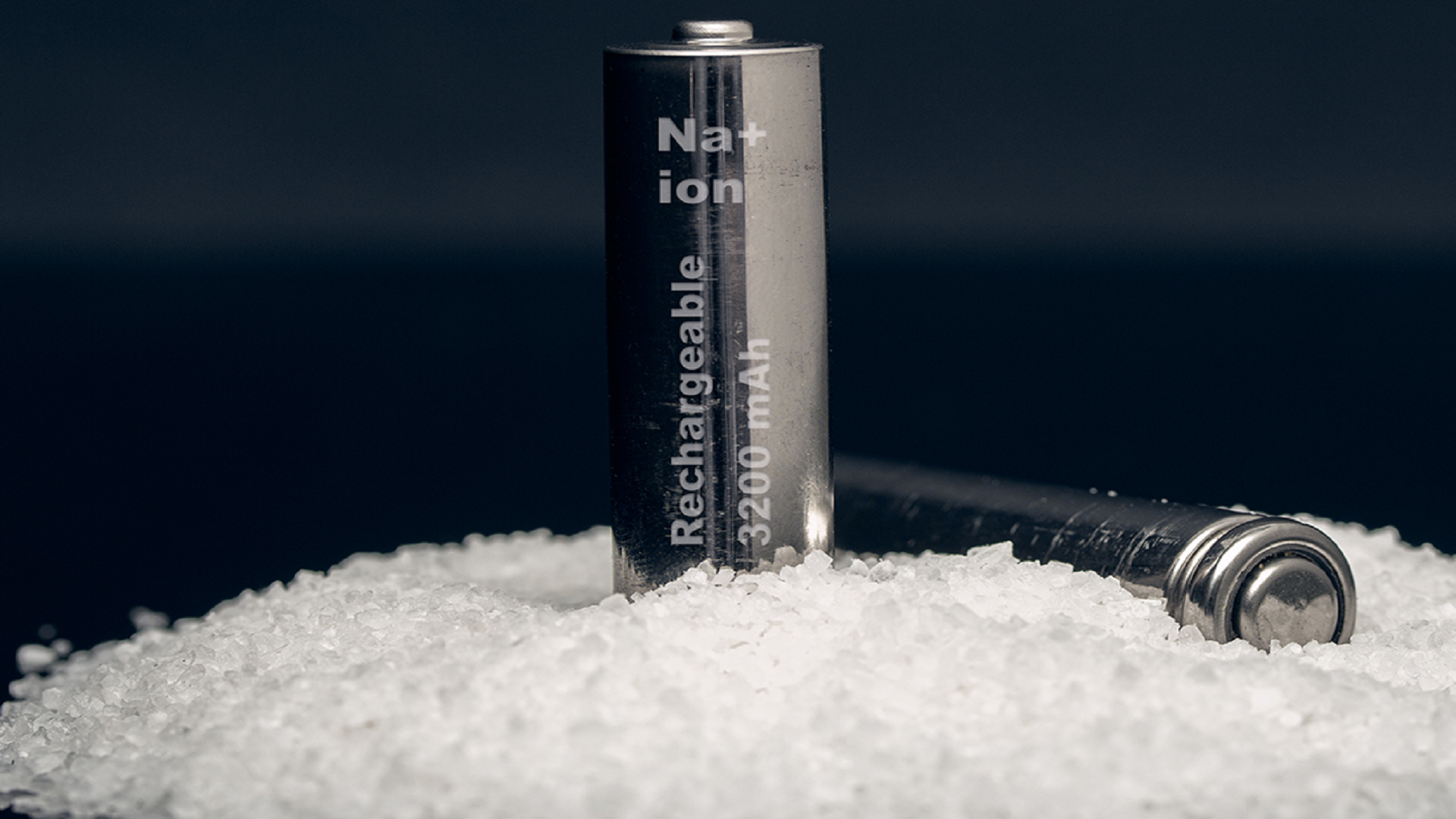Sodium batteries retain 90% capacity after 100 cycles with tin anode

Source: interestingengineering
Author: @IntEngineering
Published: 10/16/2025
To read the full content, please visit the original article.
Read original articleResearchers from the University of California, San Diego, and Unigrid Battery have developed a tin-based anode for sodium-ion batteries (SIBs) that significantly improves energy density, surpassing commercial lithium iron phosphate (LFP) cells. Their design achieves 178 Wh/kg and 417 Wh/L in full pouch cells, representing a record efficiency using sustainable, low-cost materials. The anode is composed of 99.5% tin, with minor additions of single-walled carbon nanotubes and binder, creating a conductive and mechanically stable structure that overcomes previous challenges of volume expansion and electrolyte incompatibility common in tin anodes.
This innovation addresses the traditional limitation of sodium-ion batteries, which have lagged behind lithium-ion systems due to lower energy density, primarily constrained by hard carbon anodes. Tin anodes can theoretically store nearly three times more charge (around 847 mAh/g) than hard carbon anodes (~300 mAh/g). The new tin anode demonstrated excellent cycling stability
Tags
energysodium-ion-batteriestin-anodebattery-technologyenergy-storagesustainable-materialsmaterials-science